#tignon law
Text

Don’t you love it when racist plans backfire!
💜👳🏾♀️💜
#history#tignon#womens history#louisiana#black hair#racism#slavery#african american history#interacial marriage#tignon law#united states#natural hair#discrimination#new orleans#feminine style#historical beauty tips#love not hate#black women#feminine power#jewlery#black womens history#racist law#black femininity#american history#hair discrimination#anti slavery#black girls winning#nickys facts
87 notes
·
View notes
Text
since this is such an underresearched topic and i feel like bits of historical evidence could come from a very very wide breadth of sources, i’m reaching out to all the pdf lovers on tumblr: who here has any (reputable) sources that might mention how black people (socially, culturally, politically, etc) affected western fashion PRIOR to the jazz age???
#i will definitely be touching in the tignon laws as well as sarah bartman + the victorian bustle eras#but i’m just looking for more sources so i can build a concrete argument#winsome’s wailings#black history
31 notes
·
View notes
Photo

Cécile wears a tignon on the cover of Troubles for Cécile, and I wish they’d included one in her collection, even though I guess they were more typically worn by adult women instead of little girls. Tignons are fascinating. They started out as a fairly straightforward way for enslaved women to protect their hair and keep it out of their way as they worked. Soon, laws were enacted declaring that enslaved women were required to cover their heads with tignons as a sign of their lower status. The women who wore them however refused to be demeaned, and turned their tignons into huge, elaborate, and colorful headpieces that they wore with pride.




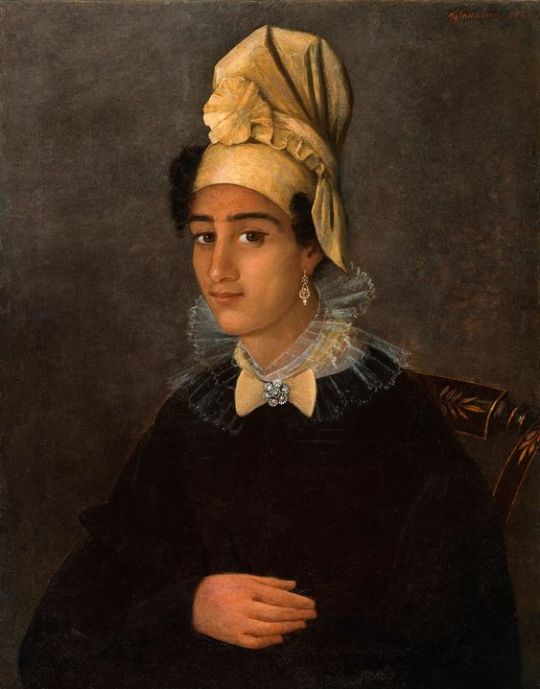
Even the voodoo queen HERSELF, Marie Leveau rocked a tignon:

(okay so that painting is actually most likely NOT an actual portrait of Mme Leveau, but she still wore a tignon!)
188 notes
·
View notes
Text
tignon law of 1786
in louisiana, during the 18th century, a law was passed in order to outcast and oppress black women of color by forcing them to cover their hair with scarves. this was due to the fact that white people (especially women according to online sources) were jealous of their hair because of how eye-catching it was, so it led to african american women’s hair getting regulated. this led to women becoming creative and finding ways to make the scarves beautiful and still be following the law, which didn’t end until 1803. the tignon law is just another example of poc getting oppressed because of an unfair and biased legal system.
#passion project#high school#usa#history#lawblr#equal rights#explore#lawyer#discover#law#politics#women#african american#black women#blacklivesmatter#african beauty#african women#african american history#african american culture#african american women#black culture#women of color#african american spirituality#laws#lawsuit#law school#lawsuits#union square#university#united states
35 notes
·
View notes
Note
Character design anon back! You're right, sorry for asking such a vague question lmao.
You covered braids twists and afros in your lessons so far, so how about puffs and beads? Any notes on that? I gave one of my younger biracial characters a mix of microbraids and puffs, because she's creatively inclined and spends a lot of time at home, so I thought she'd have enough time and motivation for a more time-consuming hairstyle.
On a similar note, that ask about the survivalist character was very helpful. Any other hairstyles that you would think are unrealistic if you saw them in a fantasy setting with no magic or technology to keep in mind?
I wanted one of my characters to straighten her hair to represent she was suppressing parts of herself to fit in with a society that didn't accept her as she was, but let her hair recover its natural shape when she stops trying to earn their approval and becomes more comfortable being herself. Do you think that be a respectful use of her design to represent her character arc? I got this idea from my own experiences with my hair, but I know her racial context is very different to mine and I wouldn't want to be insensitive. Straightening her hair might not be realistic for her in this setting either, but I'm worried that if she covers her hair and "grows out of it" that might send the wrong message. Any alternatives or should I write off the idea entirely?
Afro puffs and beads are always amazing. I love both. Puffs are an afro style, so that was already covered- you'd just have to do more searching for what you specifically want. Beads and ornamentation are lovely, but we also have to keep in mind that some jobs won't let you have them. So, depending on the job, maybe not permanent beads. I have these gold loc bands that I love putting in my hair for special occasions, but some folks are just fashionistas 🤷🏾♀️ so... We just have fun with it! Full beaded styles tend to be seen more on children, though. Like the braided styles with beads down the braid? Usually on kids, though it's always cool to see an adult with it (there's a movie where Alfre Woodard wears them and she rocks it).
Your character's style sounds cute!
With no magic? Straight hair lol. Bone straight hair on a black person in a fantasy or olden setting with no magic or means is super unrealistic to me. Bc how did it get that straight? Who did it? Using what? You're telling me it was easier to finagle together a hot comb to straighten her hair in these times than to just... Let it be an afro? Really? Is she rich with servants who'll comb it? Do they do it every night so it never frizzes up in any weather? Like I'm sure it's possible, but... 😬
I see what you're saying, and I remember a similar concept in the book Raybearer, where Tarisai's hair is always in tight braids until she begins to come to her own, and then it unleashes into a beautiful afro for the first time. So I don't think the change is a bad idea! Because ik that's what happened to me too- as I began to love myself, it meant loving my own hair, too. Starting fresh!
You may not be familiar with the Tignon laws (I think I mentioned it in the hair lessons) but that's what covering her hair reminds me of. Now, if you do it respectfully, it could fall into context like that- where her natural hair is seen as "bad", but as she learns to love herself, she defies society by loving and choosing her hair. So again, I don't think it's a bad idea! Just show your respect, especially if you're a nonblack author. Don't romanticize the oppression of it. Recognize the context, and recognize what some of your Black readers will be able to read out of it. Be sure to do your research on how to care for her hair. No point in having symbolism that sits so heavily on hair that you don't bother to actually love and care for.
That's my opinion on it, though! Hope it helps!
18 notes
·
View notes
Note
i hate how fandoms never want to hear that black women are beautiful or desireable like??? i'll give you an example- whenever chan (the leader of stray kids) flirts with white stays or calls white ppl pretty or whatever everyone loses their shit and it's all good right? well there were these two times he did that but with these black girls. naturally black stray kids fans went nuts, me included. idk it just felt nice- but white stays proceeded to just insult the hell out of us, call us crazy, etc etc etc, like what? but when you were doing all of that fangirling it was fine??? i just hate double standards so much. sorry for the rant but i felt like you of all people would get this yk?
Exactly, they hate knowing that Black women are attractive too because then they're white femininity is challenged. Take how whenever Black girls end up with white guys in fiction suddenly white women are all "nooo he likes this random white girl that only showed up for one second of the movie instead!" or decide he's gay(but then only ship him with white boys, never Black boys), and claim the Black girl is a strong independent woman/hc her as aroace(and aroace people still deserve representation but them doing this and noticeably never hcing them as lesbian shows that they don't think Black girls deserve any love at all), because feminism! Girl power! Except it's not! They just want to remain seen as the most attractive, desirable, feminine race...I saw this with how white music crits hated Pretty Girl Rock because it was "shallow" and told girls to be vain and only brag about their looks...! No! Black girls deserve to feel beautiful and that's what the song and music video is about! And in the comments a long time ago when someone said "Black women are beautiful", a comment from a white woman said "all women are beautiful, not just Black women, let's not put other women down to lift each other up, shall we?!" like there is nothing y'all have that Black women don't! It's racism, that's it! They know they can't compete unless they first drag us down! Look up Tignon Laws and come back to me and tell me they haven't been doing this shit for ages.
This is why we desperately need intersectionality.
#black women#misogynoir#black is beautiful#black women are beautiful#it's the same shit they pulled with prince harry and princess meghan#white femininity#white tears#white fragility#why are white women like this#all white women have is the audacity#deyjahvu
118 notes
·
View notes
Photo




youtube
NYC Attorney SNATCHED Wig Off Black Woman's Head And Got FIRED | Roland Martin

youtube

WE AT BP DID A COUPLE OF POST ON BLACK HAIR, THE TIGNON LAWS AND THE CROWN ACT.
*BP* BLACK HAIR AND CROWN ACT UNDER DID YOU KNOW (PG 5)
*BP* THE TIGNON LAWS UNDER DID YOU KNOW (PAGE 6)
BLACK PARAPHERNALIA DISCLAIMER - PLEASE READ
7 notes
·
View notes
Text
only i would be dumb enough to go on a history research trip to new orleans with literally $35 in my bank account
#but my plane tickets have already been purchased so!! if you wanna send funds the tip button is in my bio 😎#i’m going down there to research the tignon laws for my senior thesis#which is on how black people affected western fashion hostorically#winsome’s wailings#historical fashion
16 notes
·
View notes
Text

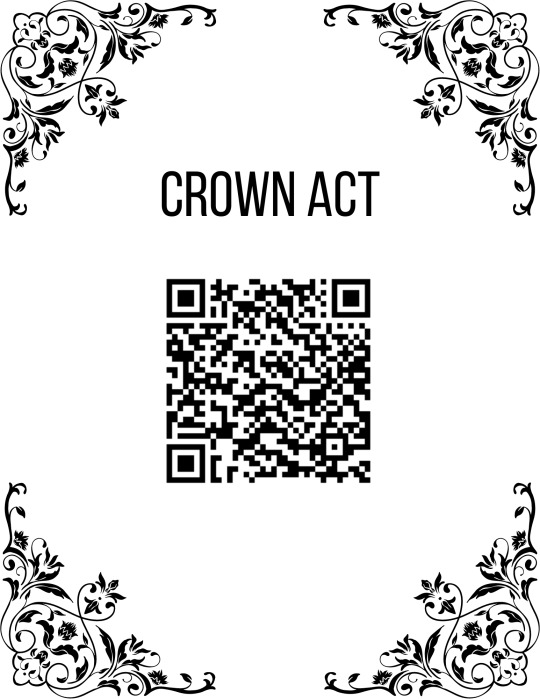
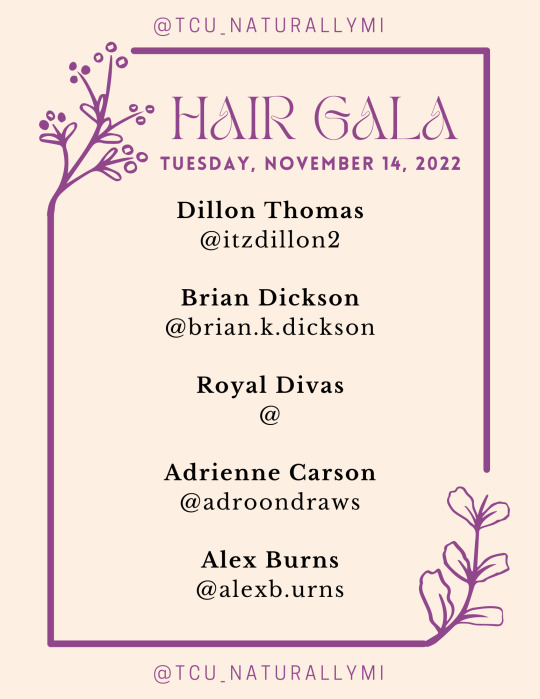

NaturallyMi Hair Gala 2022
"NaturallyMi’s Hair Gala is an annual event that aims to celebrate the artistic nature of black hair traditions across the diaspora throughout time through creative avenues of expression, including, but not limited to, the visual and performing arts. With this being said, the Hair Gala is in celebration of the triumph of our ancestors through hardships and the celebration of the beauty we found in spite of such hardships.
The art we explore traverses through our early history on the African continent, where colonialism had not yet attempted to control the innovation and familial pride atop our heads, to the early colonial, modern period, in which the Tignon Laws mandated our hair be masked away from the Earth. In spite of this, our headscarves became known as a mark of distinction and were widely imitated, marking our innovation even within those confined spaces.
Even in these years, cornrows served as one of many ways we found our voice in the midst of being silenced, maps crafted by skilled braiders serving as messages by which we would find our way to freedom.
As soon as our ancestors were loosed upon the world, hair became a vessel by which we found a place of comfort, within the barbershops and salons, bringing back a sense of community so many had tried to break apart. Businesses grew from our ties to hair, and from this, small seeds of wealth and creation were sown to give new generations hope in a world that tried to cast them aside.
These seeds grew into the creativity, pride, and innovation of black hair many of us grew up admiring. Natural ‘fros burst free from caps and scarves, and braids, bantu knots, finger waves, twists, locs, fades, waves, 27-pieces and weaves, and all the things of beauty I see within you all and me.
It’s important that we acknowledge we are not free from discrimination, the skeptics, and the oppression against our hair. In fact, it is more important than ever that we do not forget at the Hair Gala. Many of us have our own harrowing stories, and at the Hair Gala, we must lift those stories up as rightful causation to the positive effects that the CROWN Acts across the nation intend to bring. Standing for Creating a Respectful and Open World for Natural Hair, the CROWN Act was drafted and sponsored by California State Senator Holly Mitchell to ensure protection against discrimination based on race-based hairstyles by extending statutory protection to hair texture, and protective styles such as braids, locs, twists, and knots in the workplace and public schools.
We celebrate the states and cities across the United States that have taken initiative to protect people like you and me from hair discrimination. For those who have not, we must use our power as people to do what we can, whether that be voting, emailing senators, or signing petitions.
These are not simply hairstyles for us. They are our history, our present, and our future. They are who we are, and for this, at the Hair Gala, we take a look into how we must celebrate and lift our crowns up." - Breann Borlay, NaturallyMi President, 2022-23
1 note
·
View note
Text
Tags
Pineapples
Headscarves
Crystals

Neurodivergent Blog
Puffball-Mushroom
Special Interests Tag
Hyperfocus Tag

Other
Am I autistic?
How do I know if I have a special interest?

How to Avoid Appropriation When Wearing a Headscarf
Avoid tying your headscarf in a way that is specific to a religion or culture that you do not belong to such as: hijab, niqab, keffiyeh, chador, burqa, turban, etc. A way to do this is to look up images of these headscarves or even search up video tutorials on how to do these styles, and then avoid those ties.
Avoid referring to your headscarf as something from a religion that you do not belong to such as: tichel, hijab, kippah, yarmulke, dastar, etc. If you are Jewish, you can call it a tichel. If you are not, don’t refer to your headscarf as a tichel. If you are not Sikh, do not refer to your headscarf as a dastar.
Here are a few styles you can try without cultural appropriation: tail in the back, tail to the side, tail under the chin (Russian palok), Rosie the Riveter style, Grace Kelly style, bow under the chin (Irish headscarf). These, as far as I am aware, are not connected to any religious or cultural ceremonies or rituals, they are not religious covering styles, nor are they linked to oppression (e.g. they were not styles commonly used during the Tignon Law, most of the women during that time used turban styles like these: one, two, three, four). Please DM me if I am misinformed and that any of these styles are religious or cultural so I can remove it from the recommendations.
Be mindful of what prints you use. Some black people say they don’t want non-black people wearing African prints, and it’s important to respect that.
Headscarves are not inherently culturally appropriating, people have worn them all throughout history for many reasons, and still do. I wear mine due to trichotemnomania, it makes me feel beautiful.

Pineapple Facts
🍍 Pineapples originated in South America
🍍 Pineapples symbolize welcome and hospitality
🍍 Pineapples were a status symbol in 18th Century England and people would rent them by the night and take them to parties
🍍 Pineapples have a near-zero content of fat and protein
🍍 The heaviest pineapple in the world weighed 17.7 pounds
🍍 The world’s tallest pineapple was 12.5 inches
🍍 The world’s widest pineapple was 30 inches
🍍 The scientific word for pineapple is ananas comosus
🍍 The pH level of a pineapple is 3.2 to 4.0
🍍 The most expensive pineapple was worth $12,800
🍍 The Hawaiian word for pineapple is halakahiki
🍍 A pineapple plant produces one pineapple per two years
🍍 Pineapples are the only plant that carries an enzyme that breaks down proteins, it is called bromelain. That’s why your tongue feels weird after eating them, the pineapple is trying to digest your tongue.
🍍 Pineapples are considered a multiple fruit rather than a singular fruit. They are actually 100-200 fruitlets fused together
🍍 It can take up to 3 years for a pineapple to mature into a plant
🍍 A pineapple plant’s lifespan is 50 years
🍍 Christine McCollum grew the largest pineapple
🍍 A pineapple plant grows between 3.3 and 4.9 feet
🍍 Pineapples are in season from March to July
🍍 Pineapples are a member of the Bromeliad family
🍍 Pineapples have 60-80 sword-shaped leaves
1 note
·
View note
Text
10 Insanely Gorgeous Headwraps Worth Every Penny
10 Insanely Gorgeous Headwraps Worth Every Penny
Do you know that there is so much history behind headwraps? They are now a popular piece of accessory that goes around the head but once upon a time in the United States, women of colour were forced to wear the headwraps as a sign of oppression or subservience under what was called Tignon Law. The Tignon Law was passed in 1786 by Governor Esteban…
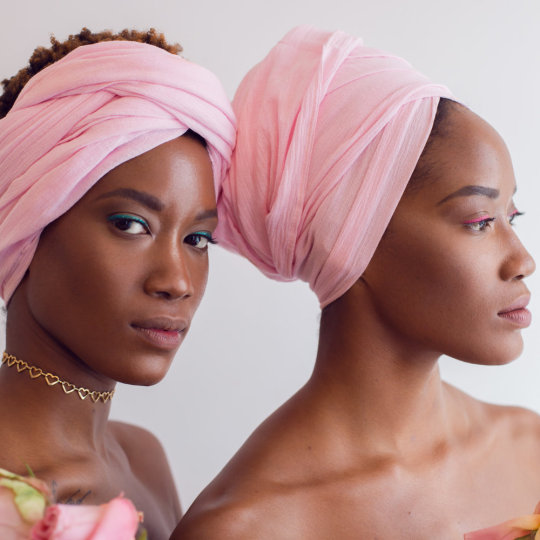
View On WordPress
0 notes
Photo
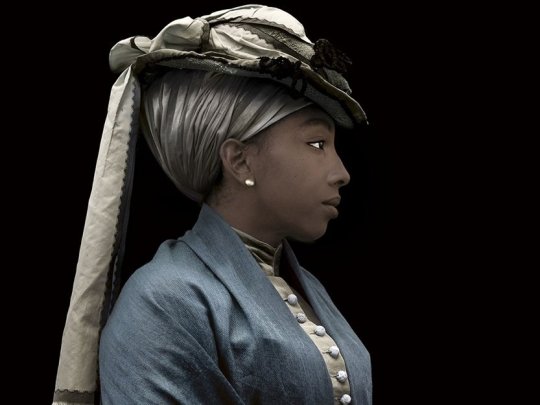
Tignon Laws: The dreadful rule that banned African women from displaying their hair
African women are often praised and revered for their hair. The texture of African hair is suitable for forming unique styles from the afro to braids. Even mainstream media often imitate styles invented and catered to women with Afrocentric hair without a mention of appreciation.
Nevertheless, there was a time when African women weren’t allowed to display their hair in public. Keep reading to learn about the Tignon Laws and how it was used to fuel racial tensions in the United States.
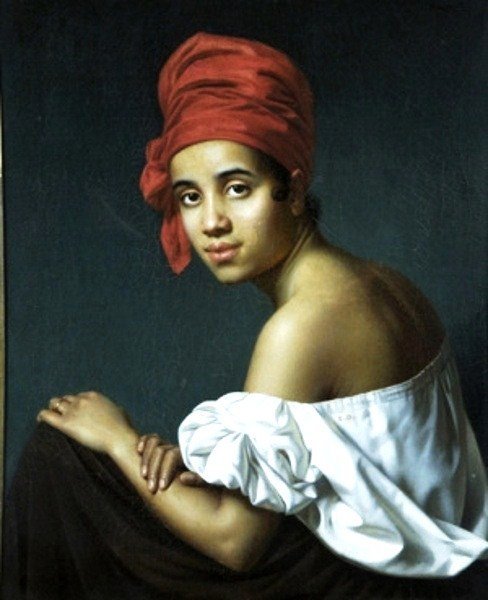
A tignon (tiyon) is a headdress used to conceal hair. It was adorned by free and slave Creole women of African ancestry in Louisiana in 1786. The sumptuary law was enacted under Governor Esteban Rodriguez Miró. The regulation was meant as a means to regulate the style of dress and appearance for people of color. African women’s features often attracted male European, French, and Spanish suitors and their beauty was a perceived threat to white women. The tignon law was a tactic used to combat the men pursuing and engaging in affairs with Creole women. Simply put, African women competed too openly with white women by dressing elegantly and possessing note-worth beauty.
Nonetheless, African women did not despair. Instead, they abided by the rule and turned it into fashion. The women used unique colors, jewels, ribbons, and wrapping styles which accentuated their gorgeousness even more. Out of this bore the various head ties seen today on women of color using unique materials, patterns, and flair.
Tignons have been worn by women in the Caribbean islands of Martinique, Guadeloupe, and Dominica which included hidden messages. They used Madras – a popular fabric amongst slaves and free women to achieve their head ties.
Women in two different head wrap styles…photo credit: Fulaba
Tignon law eventually went out of effect in the 1800’s yet, African women worldwide continue to use head wraps as wardrobe staples paying homage to their culture, signifying their pride, and looking stunning while doing so.
Enter email address to receive updates from Face2face AfricaSUBSCRIBE
JOIN THE CONVERSATIONSHARE YOUR THOUGHTS
#african hair#kemetic dreams#african women#tignon law#tignon#caribbean#dominica#martinique#guadeloupe#madras#creole#louisiana#african#africans#headwrap#headwraps#face2faceafrica
207 notes
·
View notes
Text

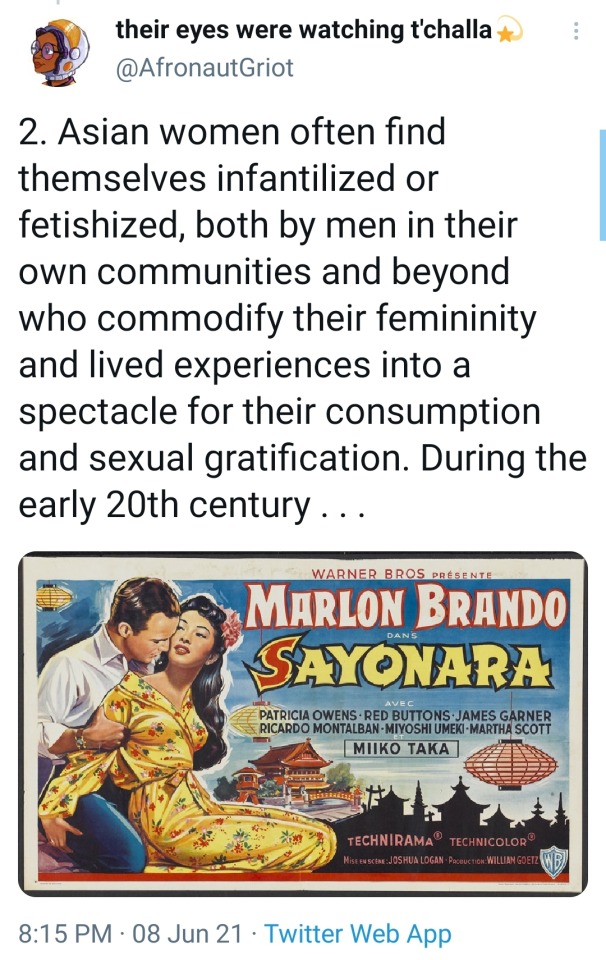


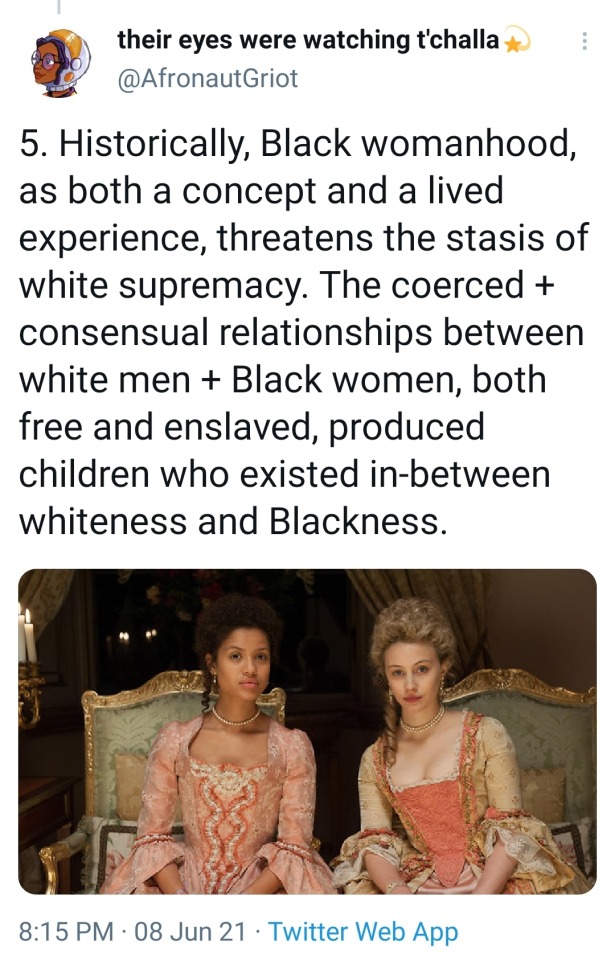



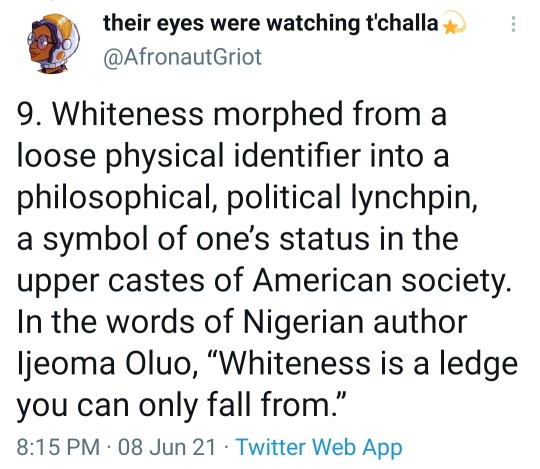
Read the full essay and support my work over on Patreon 🖤
#our world#Afronaut Griot#padawan historian#black lives matter#chattel slavery#our history is your history#tignon laws#politics of hollywood#stop aapi hate#sexism#ecosystem of white supremacy
2K notes
·
View notes
Text
For the last time! The Natural Hair Movement was made by Black women for Black women! If you are not Black start a movement of your own! Then let's clear something else up. The NHM was made for type 4-3c hair. That's not to say other Black women can't be involved. You can, just remember why it was started in the first place. But anyways, as I was saying....If you are white or a nb POC the NHM is not for you. White women stop posting in the natural hair tag. I'm tired of seeing straight hair or hair that's wavy when I go through the tag. If you wanna argue I'm bout to dead all that noise right now.

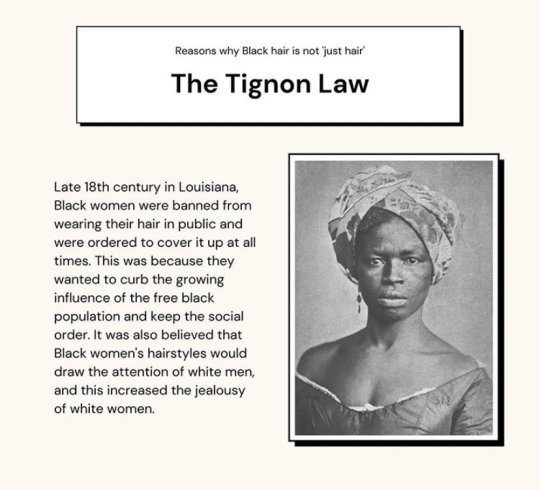


To this day we are discriminated against and even racially profiled for our hair. We lose jobs and even get kicked out of school for something that shouldn't even matter. The day you have to get a law made for you to wear your hair the way it grows out of your head or if any of this happens to you, which will never happen, then you can hit me up. Until then sit down somewhere and be quiet.
I would also like to add that this is not an American issue. Just like racism, this is a world issue. Kids in Africa can't even go to school without being sent home for their hair being "distracting" or "unpresentable". Before you try to make up excuses do research.
I would also like to add these because they are just as important as the others.


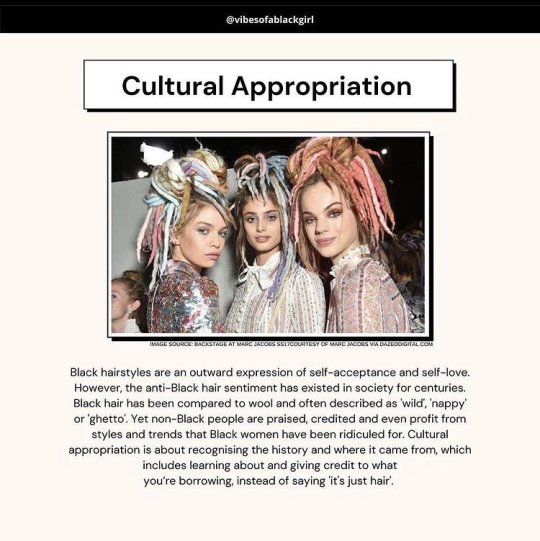
#black hair#natural hair#type 4 hair#type 4c hair#type 4b hair#type 4a hair#black girl magic#tignon laws#white people#non black poc#natural hair movement#black hair matters#crown act#black lives matter#unique writes
4K notes
·
View notes